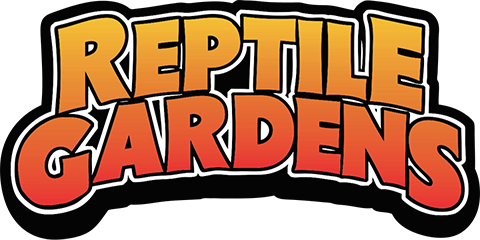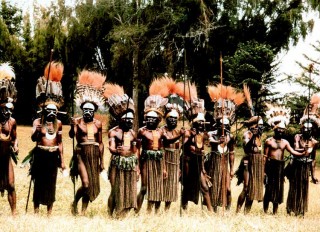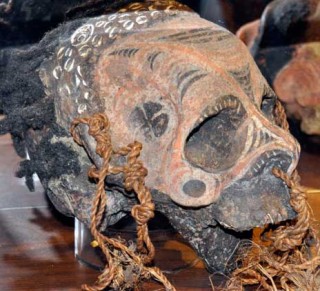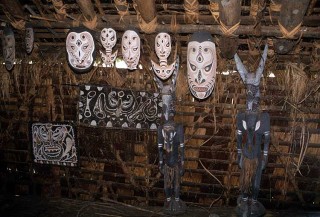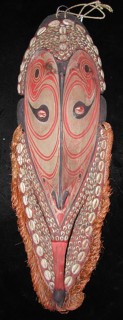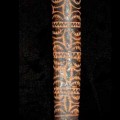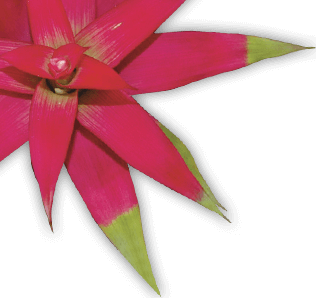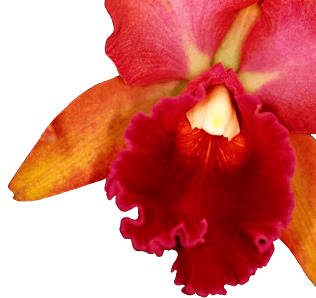The Rich History of New Guinea Tribal Artifacts
The tradition of tribal arts and crafts is well-rooted in New Guinea, stemming back thousands of years to well before European explorers first sighted the island in the 1500's. Many people wrongfully assume that it is located in Africa — which is forgivable since there is a nation in Africa called Guinea. New Guinea is, in fact, the second largest island in the world and is located northeast of Australia.
We are proud to offer this unusual tribal artifacts here at Reptile Gardens. At first blush we assumed it would be something that would have a very limited appeal, that assumption was incorrect.
It all started when Reptile Gardens' founder, Earl Brockelsby, brought back some New Guinea artifacts to sell in 1966. There wasn't a lot of interest back then but that changed over time. In 1986, Earl's nephew and Reptile Gardens' CEO, Joe Maierhauser, picked up where Earl left off. Since then, Reptile Gardens has sold thousands of masks, figures and other tribal artifacts, not only to folks from here in heartland America but also to customers in all 50 states and in over 37 countries.
When people walk into our Jungle Outpost Gallery featuring New Guinea artifacts and see all the hundreds of masks and figures, most assume it is African but we also regularly hear it referred to as "Tiki stuff." So what is the difference between Tiki and New Guinea artifacts?
Tikis are Polynesian, from the island cultures far out in the Pacific that include Hawaii and New Zealand, far to the east of New Guinea. The peoples of New Guinea belong to the cultural group called Melanesian. Melanesia encompasses the large island of New Guinea along with numerous smaller islands and island groups located nearby. The final cultural area of this part of the Pacific is known as Micronesia and encompasses a widespread group of tiny islands to the north and northeast of New Guinea. Even broadly speaking, all three regions have very distinctive art styles.
New Guinea is divided in half with independent Papua New Guinea on the east and Papua, a part of Indonesia, on the west. The island is so rugged and remote that many tribes lived within relatively few miles of each other for thousands of years and yet never knew the other existed. Some of the most remote villagers saw foreigners for the first time within the last 30 to 40 years and even now see them only rarely. Those who were aware of their neighbors often fought with them, practicing ritualized warfare as well as headhunting. Headhunting is something that some older men still remember and practiced not all that long ago.
Because of the isolation of the villages, the number of languages listed for New Guinea is 832. Of those, 823 are living languages and 9 are considered to be extinct. It has been reported that New Guinea has one language for every 350 square miles. There are just 3000 languages in the entire world. So, the island of New Guinea, which is just 2/3 the size of Texas with a population similar to South Carolina, has over 25% of the world's languages!
New Guinea has been famous for its incredible art for almost two centuries. The most beautiful and the largest quantities of art come from the villages of the Sepik River and its many tributaries. Roughly 260,000 people live along the Sepik. The artists of the Sepik River are rightfully considered to be some of the finest traditional artists in the world because of their technical skills and lively, visually exciting art.
Masks and figures are used in New Guinea for many events. They are used for both public ceremonies, like housewarmings, as well as for secret rites in the men's spirit house. The images are generally of ancestors, tribal, clan, and personal, with such things as important clan totem animals and plants incorporated. There are also bush spirits, both benevolent and malevolent. Most ancestor figures and masks are made and kept in the men's house. They call upon the ancestors to drive away evil spirit beings keeping the village and family safe. Family ancestor figures are often kept in the homes of the person's direct descendants; some small ones are even carried in a person's woven string bag called a bilum.
Although designs are somewhat standardized based on clan and family-owned imagery, there is a tremendous amount of room for personal expression. Most pieces are made of wood with additional decoration of mud, natural pigments made with berries, seeds, soot, lime, and clays, as well as commercial paints, boar tusks, hair, grass, fur, basketry, cassowary feathers, and shells.
Tribal Art is a very special type of art. It is rarely made strictly for its own sake. Many tribal artifacts have a ceremonial purpose but many are secular in use - decorated utilitarian items. However, all the decoration has a purpose and is rarely produced just for its own sake. Even the most aesthetically beautiful designs have significance. It is important to keep in mind that even when a piece is made by an artist strictly to be sold for the art market or the tourist trade it maintains its roots and basic design in the past and the powerful belief system that spawned it.
With just a basic understanding of tribal art you can get a great deal of pleasure from it. It is a powerful art form that is alive - filled with beauty and vitality. The imagery isn't an important part of the lives of the people who create it, it is their life.
